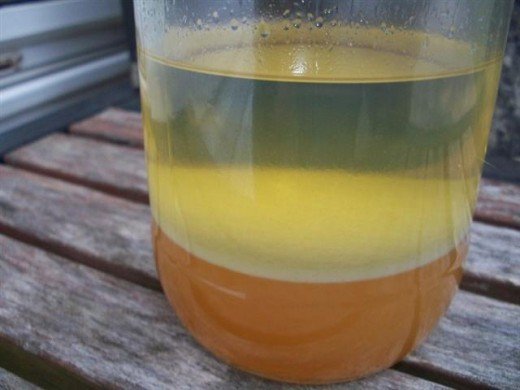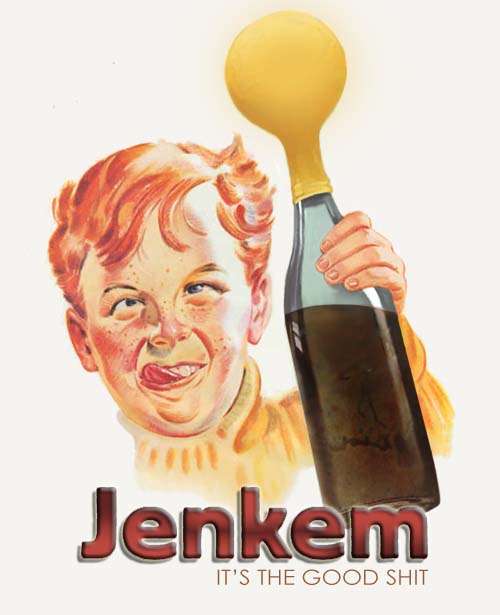My understanding is that as long as you're not getting knocking/preignition, higher octane won't help and will probably actually give less power than lower-octane gas, because what they use to increase octane nowadays (now that MTBE is banned) is a higher proportion of ethanol, which has fewer BTUs per unit of weight or volume than gasoline.
Essentially correct. The higher the octane rating, the less likely the fuel will detonate and, instead, will burn quickly. In the ICE, the "power stroke" ideally wants to push the piston down with a rapid burn/combustion...and not explode. The explosion or detonation is very harmful to the engine and power is significantly reduced. As stated above, the engines with a higher compression ratio typically need higher octane fuels to avoid detonation. Higher performance engines really need higher octane levels. Folks often put "premium" in the fuel tank of their standard-performance engine thinking that it is better and that the engine will run better. Well, maybe and maybe not. If the engine is not designed for the higher octane fuels, the slower burning high-octane fuel may actually produce slightly less power.
So how does one get higher octane? The fuel quality starts in the refining process. The higher octane fuels require more steps in the refinery to produce than the lower octane fuels (such as cracking, reforming, alkylation, etc.). Typically, 87 octane (regular) fuel starts out as 83 or 84 octane fuel at the refinery. When 10% ethanol (alcohol) is added to the fuel, the octane rating jumps up to 87. That's because the native octane rating of ethanol is 112 to 113. Federal subsidies contribute to ethanol production, which finds its way into our gasoline supply. As stated above, ethanol has less energy, by weight, than gasoline. So, by running fuel blended with ethanol, the octane rating goes up...but the combined energy of the fuel is somewhat decreased. The other problems that come with ethanol are based on ethanol's love of water. Ethanol is hygroscopic and hydrophilic. Hygroscopic means that the ethanol in the fuel wants to grab moisture from the air. Hydrophilic means that it likes to mix with water. When ethanol grabs enough water, it phase-separates and the water/ethanol cocktail falls to the bottom of the fuel tank and that's where the fun begins. Keep in mind that ethanol is a solvent and the water/ethanol cocktail loves to attack rubber fuel system parts that are not specifically designed to resist ethanol.
There are other ways to boost the octane rating of fuels. One way is to add a complex hydrocarbon mixture of aromatics called BTEX (benzene, toluene, xylene and ethyl-benzene). BTEX is added to finished gasoline to boost its octane rating. The total volume of BTEX (aromatics) in finished gasoline depends on the desired octane value and other desired fuel properties. BTEX, however, contains benzene and there are health risks associated with benzene. As such, many refineries are moving away from BTEX. Just like Methyl tertiary-butyl ether (MTBE) has been removed from transportation fuels in the USA, BTEX is on its way out.
So, what does all this load of crap mean? Run good quality ethanol-free fuel for your small engines. If your high-performance chainsaw needs 89+ octane...then use it. Detonation (pinging) can destroy an engine. Most small engines that I'm familiar with really need a minimum rating of 89 octane to meet the manufacturer's requirements.
JQ
(sorry for the long-winded explanation, but many years in the petroleum industry will mess with one's mind...)








